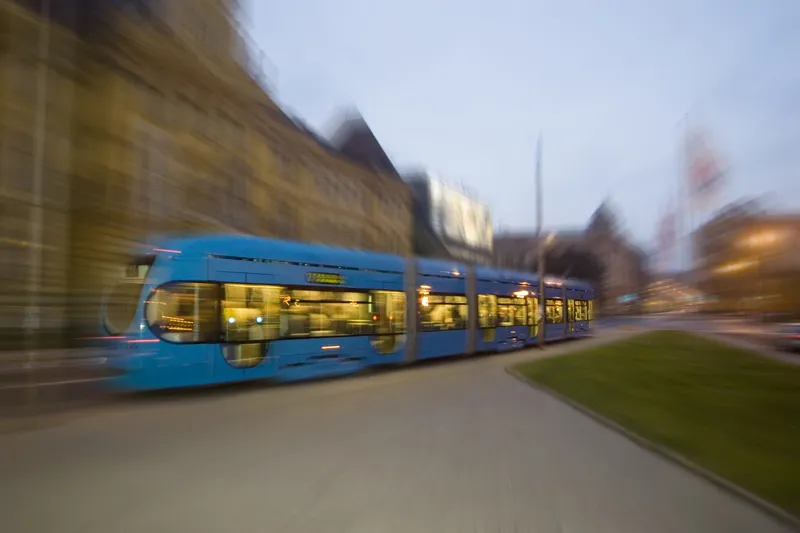Investment in the light rail and metro system in Sao Paulo, Brazil in the period 2012-1025 is expected to reach US$17.75 billion, as the network undergoes huge expansion over the next five years, increasing from the current 330 kilometres of tracks to over 450 kilometres.
Seven expansion projects are currently either in progress or due to be started, with some to be complete in 2014, seeing the metro and monorail tracks expand by 78.2 kilometres., which will allow for an increase in passenger capacity,
January 24, 2014
Read time: 1 min
Investment in the light rail and metro system in Sao Paulo, Brazil in the period 2012-1025 is expected to reach US$17.75 billion, as the network undergoes huge expansion over the next five years, increasing from the current 330 kilometres of tracks to over 450 kilometres.
Seven expansion projects are currently either in progress or due to be started, with some to be complete in 2014, seeing the metro and monorail tracks expand by 78.2 kilometres., which will allow for an increase in passenger capacity, reaching 12-13 million passengers per day in 2020, compared to the current average of 7.6 million.
Around US$825 billion is also to be invested in expansion of the public bus system, with implementation of some 100 kilometres of exclusive bus lanes for the city.
Seven expansion projects are currently either in progress or due to be started, with some to be complete in 2014, seeing the metro and monorail tracks expand by 78.2 kilometres., which will allow for an increase in passenger capacity, reaching 12-13 million passengers per day in 2020, compared to the current average of 7.6 million.
Around US$825 billion is also to be invested in expansion of the public bus system, with implementation of some 100 kilometres of exclusive bus lanes for the city.









